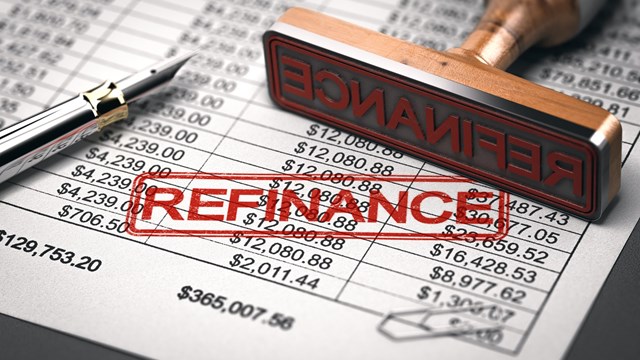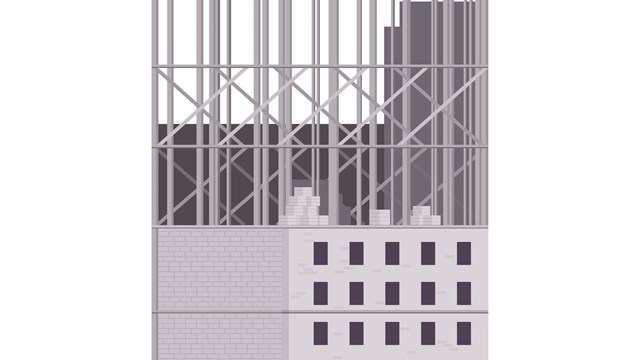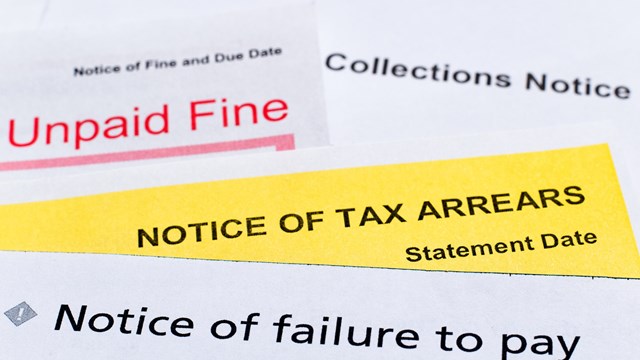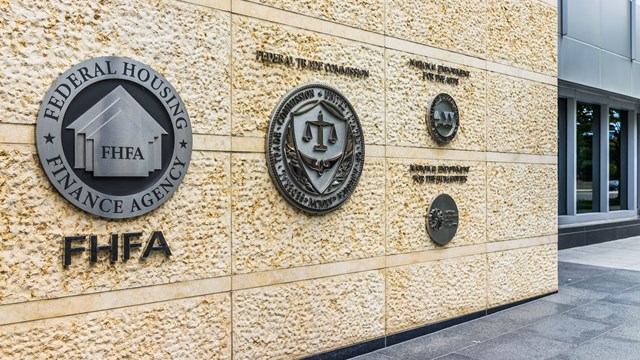Sue Stevens became president of her Arlington, Texas homeowners association in 2003, one of her first orders of duty was solving a vital security issue to the residents—how to protect their homes, which were highly visible from several major roadways—from robbery and vandalism.
Deciding to gate the 300-unit community of single-family homes was a huge undertaking, especially a financial one. The estimated cost of the project was $100,000, which forced the HOA to conduct an assessment.
"We voted for an assessment to pay for the project over a three-year-period and borrowed at a highly favorable rate from a local bank, with the common land owned by the association pledged as collateral," explains Stevens. "We've since done an additional assessment and will pay the debt off by the end of this year and then go about conscientiously establishing a reserve fund because, as a gated community we are now responsible for street maintenance."
Coming Up With Funds
A major repair or renovation project—such as a roof or window replacement, painting, siding or landscaping project or even an expansion of the association's recreation facilities—can become a tremendous headache for an association board if not properly handled. How can an association get capital improvement financing needed without straining the existing budget?
When Stevens approached the bank, she treated the transaction like she did when she purchased her own home. "We wanted the best possible interest rate and we wanted to make sure the papers were drawn up properly and they couldn't foreclose on it," says Stevens. "It's the same thing as getting your own home mortgage—it's a mortgage on your neighborhood literally with same degree of care."
Stevens also knew to approach a bank that was familiar with her—her husband banked there.
"Homeowners association officers must take an active role in determining the strategy," says Stevens. "In our case, the package was taken to banks where board members did business."
The association had to show a ream of paperwork, including balance sheets, proof that homeowners will pay the annual assessments and proof of securing the property as collateral. Stevens explains that not only did the Arlington association borrow money to fund their project, but also along the way they found financial resources in the most unlikely places.
"We found out that we could go to a non-profit agency through the local agricultural university and get trees for one-fourth what you would pay from the local florist, so there are various programs you might be eligible for if you are a non-profit HOA."
So, how can an association get capital improvement financing needed without straining the existing budget?
The answer is to work with a trusted professional and to have a realistic picture of your HOA's limitations and resources. "If an association borrows they must have the funds to pay it back," says David Ferullo, a partner with The Curchin Group, an accounting firm in Red Bank. "A lot of associations have money invested with brokers, and many of them are offering loans. You just need to work out a repayment plan. But associations need to remember they have to pay the principal—not just the interest."
For example, says Ferullo, if an association borrows $100,000 payable over three years they must know exactly how they are going to pay the money back, perhaps a special assessment collected over that three-year period.
"If you have money in your reserve—say $500,000—use a portion of it for your repair, but don't deplete the reserves entirely," says Ferullo. "For a capital improvement project it usually requires unit owner voting so they would need approval for that even before budgeting. But everybody's bylaws are different."
A Borrowing Q&A
Matthew Grobert is a senior project manager at Becht Engineering, based in Liberty Corner. Grobert works with community associations to help them facilitate the loan process. Grobert spoke with The New Jersey Cooperator about the process of securing financing for large projects or refinancing.
What specific information does a board or association have to provide the lender to facilitate the loan process? (i.e., past financial statements, current budget and reserve study, loss history, sales history, pending lawsuits and claims history, description of property, unit type, owner demographics, governing documents, etc.).
"With regard to reserve studies—which is my area of expertise—it's important that the lender be provided with a current study, says Grobert. "Studies from even a year ago can be inaccurate due to the continuing price increases related to petroleum. Most construction materials and activities are closely affected by petroleum.Asphalt, which is a petroleum derivative, is used in most types of roofing materials, not to mention roadway paving, and vinyl siding products. In addition, all products have to be transported so petroleum prices also affect the transportation costs.
"The banks require that the association complete a loan form similar to a personal financial statement—assets, liabilities, income (maintenance fees), etc., along with copies of the current budget, at least the previous two prior year independent audits, current A/P, and a delinquent owner list showing how many owners are delinquent and for how much and how long."
What types of loans are available for what types of projects? What are the criteria for arranging specific types of loans?
"Loans are generally only available for capital replacement and repair projects such as roof replacement, repaving, etc.," says Grobert. "I have also seen cases where a loan was necessary for major structural repairs to foundations or buildings. Every bank is going to have its own criteria for how and why they may or may not lend money to an association based on their current lending strategies.It is very unlikely that a bank would lend money to an association to cover excess snow removal costs or to improve its cash flow or to fund a reserve account, etc.That's what special assessments are for. I might add that the majority of these loans are unsecured."
What are the current interest rates and annual percentage yields for HOA loans and project financing? Are there floating and fixed rate terms for certain intervals?
"The most recent I have seen is 2 to 2.5 percent over prime. Given the nature of community association's [fixed incomes] and annual budgets, a fixed rate loan is almost always the norm and preferable."
What are some of the reasons an association can be denied?
"A disproportionately high number of owners on the delinquency list—or even a small number but high dollar amounts. A history of audit exceptions or any of the normal issues loans are denied, such as poor credit history and so on."
What about securing a line of credit? Can an association use that financial avenue?
"An association could do that, but I've never seen it and I would think the general membership might have an issue with it. I'm not sure what purpose a line of credit would serve an association."
What is a typical payback period for the loan? What type of collateral does an association have to show, if any?
"The payback period is going to depend on the bank, the amount of the loan, and the association's financial position, and the size of the association."
What are some good questions an HOA should ask the lender before securing a loan with them?
"Aside from the obvious—fees, rate, term, etc., they should find out if there are prepayment penalties. Ideally an association would want to have the loan where their operating fund is kept. Shopping around is recommended, though—if for no other reason than for leverage with their current bank. The strength of the management company is also a big factor in many cases, as they may use a single bank for all the association's they manage giving them added leverage."
Into the Future
Stevens and her HOA's story ends on a positive note. The HOA was interested in building on some land on the property. After finding out that a local church was going to purchase the same land and use it for their own good, the HOA went ahead and purchased the six acres for $10,000.
That was two years ago. Just recently, Stevens' HOA found out that there are gas deposits under the land and there will be a company paying the HOA money to extract that gas. "We'll get 15 times what we paid for the property," says Stevens, who says that her association's great buy will help pay for future projects down the road.
In the end, borrowing money to fund major improvements or repairs to one's HOA should be undertaken with the same care and attention to detail as borrowing for one's own home. With solid research and the help of experienced professionals, your association should be able to navigate the loan process with little or no difficulty.
Lisa Iannucci is a freelance writer living in Poughkeepsie, New York.










Leave a Comment